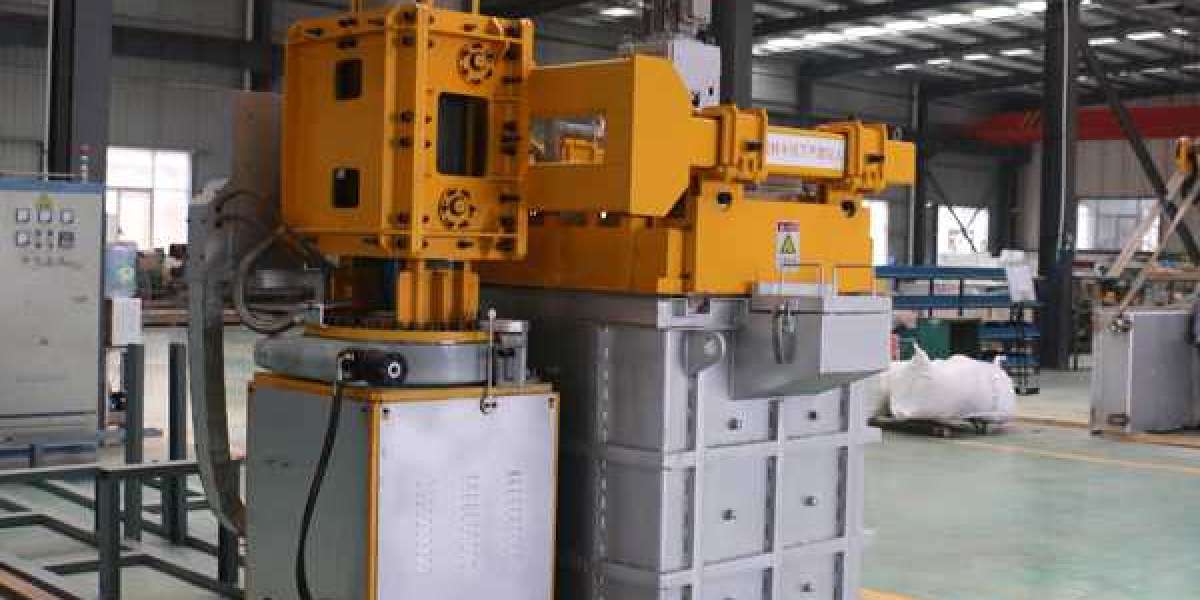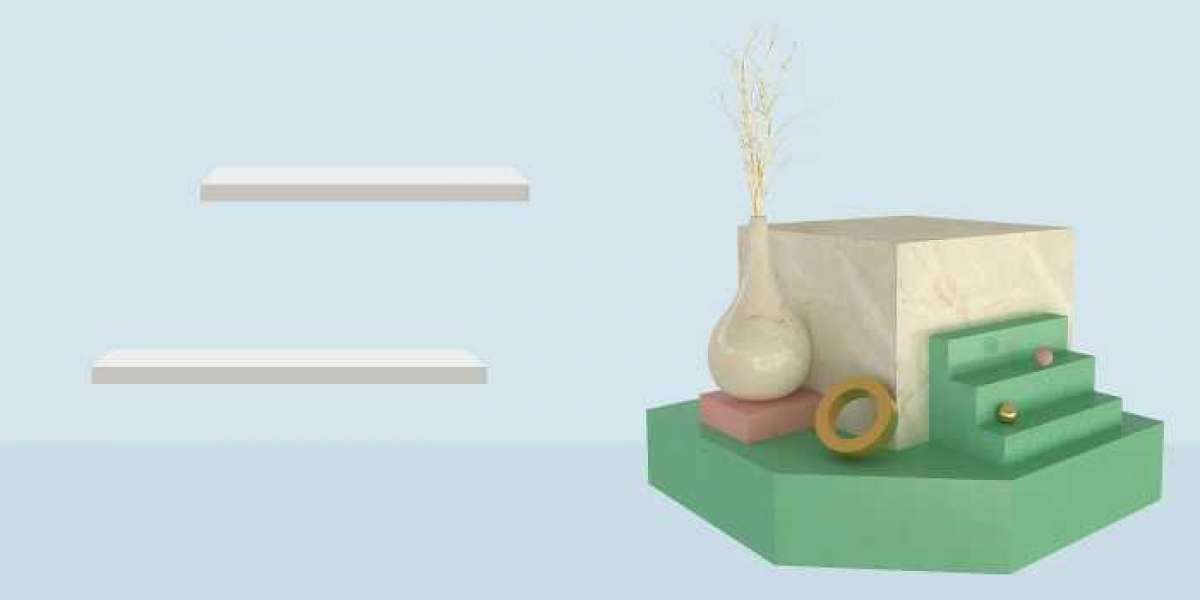Foundry Ceramic foam Filters Kazakhstan provides high-quality materials for aluminum metal casting plants. The purpose of filtering molten metal is to remove impurities and keep the casting away from the air. When a ceramic foam filter is used, the porosity in the cast material decreases.
Foundry Ceramic foam filter Kazakhsta allows the molten aluminum metal in the aluminum melting and casting workshop to flow smoothly into the casting surface, forming with the best purity and arrangement. Because the alumina filter can withstand a wide range of high temperatures, it can be used for casting of different metals, so that it has a wide range of uses.
In aluminum melting and casting workshops, it has become common to install Foundry Ceramic foam filters to remove molten aluminum impurities. This type of filter must be selected according to its physical and chemical properties.
Various metal foundries are introducing ceramic foam filter to introduce the best quality casting materials into their product lines. This can filter out impurities, but has high-quality compression and durability, resulting in the finest cast metal.
In 2016, global aluminum production was 58.8 million tons. It exceeds any other metal except iron (1.231 billion metric tons).
Aluminum is almost always alloyed, which significantly improves its mechanical properties, especially when tempered. For example, common aluminum foils and beverage cans are alloys of 92% to 99% aluminum.
The main alloying agents are copper, zinc, magnesium, manganese and silicon (for example, duralumin), and the content of other metals is several weight percent.
Forged and cast aluminum has formed alloys with the following elements: manganese, silicon, magnesium, copper and zinc.
The main use of aluminum metal is
1. Transportation (cars, airplanes, trucks, railway vehicles, ships, bicycles, spacecraft, etc.). Aluminum is used because of its low density.
2. Packaging (cans, foils, frames, etc.). Aluminum is used because it is non-toxic (see below), non-adsorbent and resistant to chipping.
3. Building and construction (windows, doors, wall panels, building wires, sheathing, roofing, etc.). Since steel is cheaper, aluminum is used where light weight, corrosion resistance or engineering properties are important.
4. Uses related to electricity (conductor alloys, motors and generators, transformers, capacitors, etc.). Aluminum is used because it is relatively cheap, highly conductive, has sufficient mechanical strength and low density, and is corrosion resistant.
5. A wide range of household items, from cooking utensils to furniture. Low density, beautiful appearance, ease of manufacturing and durability are the key factors in the use of aluminum.
6. Mechanical equipment (processing equipment, pipelines, tools). Aluminum is used because of its corrosion resistance, non-self-ignitability and mechanical strength.
7. Portable computer case. Alloys are rarely used at present, but aluminum can be recycled, and clean aluminum has remaining market value: for example, used beverage cans (UBC) materials are used to wrap MacBook Air laptops, Pixel 5 smartphones or Summit electronic components Lite version of smart watch








